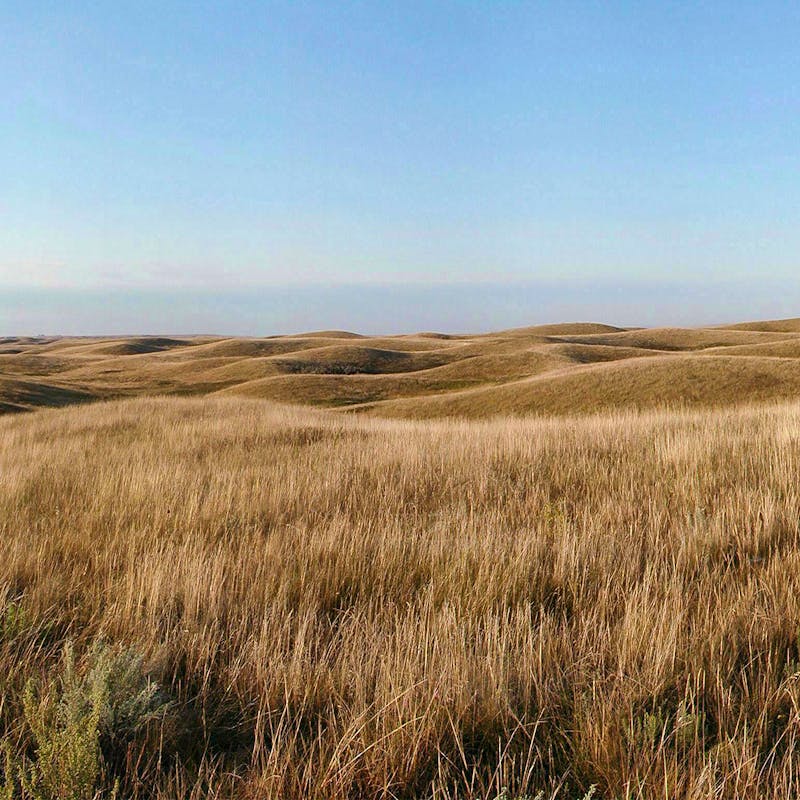The U.S. Fish and Wildlife Service (FWS) is listing two Distinct Population Segments (DPS) of the lesser prairie-chicken under the Endangered Species Act (ESA). The Southern DPS of the lesser prairie-chicken is being listed as endangered. The Northern DPS of the lesser prairie-chicken is being listed as threatened, although Defenders petitioned for it to be endangered, which would provide stronger protections.
FWS is also finalizing a section 4(d) rule for the Northern DPS. The rule is designed to allow farmers and land managers to continue killing lesser prairie-chickens while conducting agricultural activities and other land management activities. Of concern to Defenders of Wildlife, these activities are the exact reason why the lesser prairie-chicken’s numbers have declined to require federal protections in the first place.
“After a long wait for protection under the Endangered Species Act, we are pleased to see that lesser prairie-chickens are finally being added to the list,” said Jamie Rappaport Clark, Defenders of Wildlife former president and CEO. “Their rapid decline earned them protections that are extremely overdue, but there’s a long road ahead to recovery. We applaud the listing of the southern population as endangered, but are concerned that this final rule will not adequately provide for the conservation of the northern population as required by the Endangered Species Act. Close monitoring, management, and adaptation by the U.S. Fish and Wildlife Service will be essential for the species to recover, especially in the north.”
A small yet imposing bird of the American prairies and grasslands, lesser prairie-chicken populations have plummeted by an estimated 97% and have lost 92% of their habitat. The imperiled birds have been a species of conservation concern since 1973 when Congress passed the Endangered Species Act.
The lesser prairie-chicken serves as an indicator for healthy grasslands and prairies – needing large, unfragmented parcels of intact native grasslands to maintain self-sustaining populations. This makes them an important measure of the overall health of America’s grasslands, a treasured and storied landscape. The bird has seen continued declines and the accelerating loss of available habitat.
For over 75 years, Defenders of Wildlife has remained dedicated to protecting all native animals and plants in their natural communities. With a nationwide network of nearly 2.1 million members and supporters, Defenders of Wildlife is a leading advocate for innovative solutions to safeguard our wildlife for generations to come. To learn more, please visit https://defenders.org/newsroom or follow us on X @Defenders.
Media Contact
News

Court Urged to Uphold Ship Strike Protections for North Atlantic Right Whales




